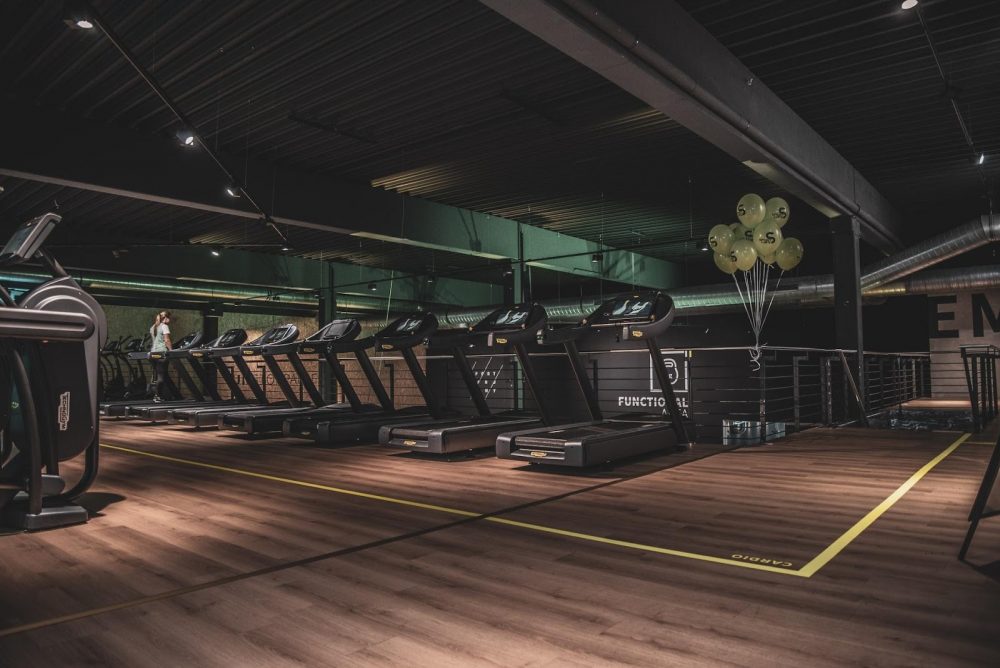Being a health-conscious person, it’s also important to know the structure and working of a treadmill. Since treadmills have become common these days, people often fall into the trap because of a lack of awareness. A treadmill looks like an ordinary machine for running, but in reality, there’s a lot that goes inside of a treadmill.
Let’s talk about the 4 major parts of a treadmill:
- Motor
- Pulse With Modulation (PWM)
- Incline Motor
- Biomechanics
Motor
The heart of a treadmill! Typically, two motors are used in the residential or gym treadmills. The first motor gives 5 hp (horsepower) while the second motor gives 3 hp. What would you go for?
A treadmill having a 5 hp motor is capable of giving 8,000 RPMs. While 3 hp motor gives 4,100 RPMs. That’s when people get confused while buying the best affordable treadmills. The 5 hp motor apparently looks powerful. However, 8,000 RPMs are too much in a general context. The peak motor characteristic is of no use because it exhausts earlier than you expect. The torque is less comparatively. On the other hand, a 3 hp motor has a continuous duty feature that gives optimal performance and efficient output.
Pulse With Modulation (PWM)
In the treadmills, the motors are controlled by a PWM. The motor is driven by a series of ON/OFF pulses with this technology. In basic terms, when a user changes their weight and places their foot on the belt, the motor’s process of moving the belt at a specified speed is temporarily disrupted, therefore the PWM controller compensates by increasing the voltage by generating a broad pulse. The key benefit of using a PWM controller on a DC motor is that it is less expensive than using an AC motor. The negative is that when a heavier person walks at a slower pace, the engine is put under far more stress and is more susceptible to overheating. As a result, the chance of damage to the motor and/or the controller increases.
Incline Motor
The treadmill’s belt-turning motor isn’t the treadmill’s only motor. The inclination motor is what propels the user uphill, allowing them to walk or run.
Here’s what you need to know to keep it simple: a low-cost, low-quality treadmill will feature an incline motor that provides a thrust rating of roughly 300 pounds. The issue is that the treadmill and the user’s combined weight can easily approach 300 pounds!
I weigh around 220 pounds, to use myself as an example. Let’s pretend I’m on the showroom floor, using one of my favorite treadmills by NordicTrack. The treadmill is 358 pounds in weight. The incline motor must lift a total of 578 pounds, and that doesn’t include the g-forces I experience while running! Fortunately, the incline motor provides 1000 pounds of thrust. It’s one of the many reasons why these treadmills don’t have a maximum user weight limit.
More importantly, it’s one of the reasons why, regardless of pace or incline, jogging on a good treadmill is a very comfortable, constant experience with minimum vibration.
Biomechanics
Any stationary piece of cardio equipment’s biomechanics should be one of the most significant (if not the most crucial) factors to consider during the purchasing process.
First and foremost. What exactly is biomechanics? In this case, we’re talking about treadmills, and the biomechanics of treadmills are the parts of the machine that are entirely meant to keep your body safe from injury.
While using a treadmill, it’s important to give complete focus to the movement. No matter if it’s running and jogging, the continuous movement on a motor-based machine makes us vulnerable to an accident. There is no function like safety belts to protect the body while running on a treadmill. The biomechanical feature mitigates the risks of mishaps and injury.
Summary
While it’s not the end of the treadmill discussion, the 4 major electrical parts of a treadmill give enough insight to the user. The motor’s specs are important to notice because everything depends on that motor. You must be aware of who is going to use the treadmill and what current flows through your home’s circuit etc. Other aspects also decide how your treadmill is going to perform and how long it will stand on the ground.



